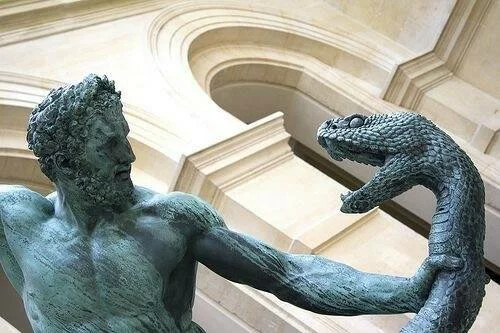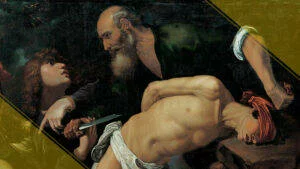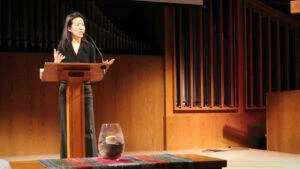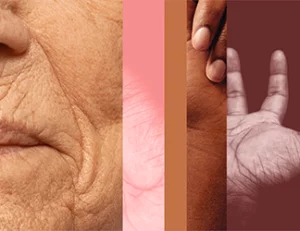In his commentary on John 3:14, Philipp Melanchthon (1497–1560) explains the implications of Christ’s analogy between the Son of God and the bronze serpent. As the serpent symbolizing sin was raised up, so that sinners could gaze on it and be healed, so Christ took our sin onto himself, so that we could gaze on him in faith and be saved.
Faith in Christ Frees Us from Sin and Death
Now he adds how the Son imparts his righteousness when he says, “Just as Moses lifted up the snake.” The story was taken from Numbers 21[:4-9], where the people were being killed by fiery serpents that were sent in. And God commanded that a bronze serpent be set up so that those who looked at it would live. The story beautifully exhibits Christ and everything that we received through him.
The fiery serpent is properly the sting of death, that is, sin, because that is what the apostle calls it:
Where, O death, is your sting? The sting of death is sin, and the power of sin is the law.That is, the Law makes sin known, and sin, when it is known, kills. Thus, “A fire shall burn before him.” The raising of a figure of a serpent signifies that the figure of sin is raised up; that is, Christ, who for us was made sin, is raised up. This dead serpent represents the death of sin.
And just as Christ died in order to kill the sin in our flesh, so is it necessary that we also die to kill the sin in us. But this is a comfort because we know that death now is not death, because he rose and destroyed sin. Thus it must be believed that because sin was killed by the death of Christ, sin will not harm us. This is what the prophet says, “Death has been swallowed up in victory.”
The sight of the serpent healed people, and so the sight of Christ, that is, holding on to Christ by faith, heals people.
John 1-12, ed. Craig S. Farmer, Reformation Commentary on Scripture, NT Vol. IV, p. 102-3.









Comments
Be the first one to make a comment!